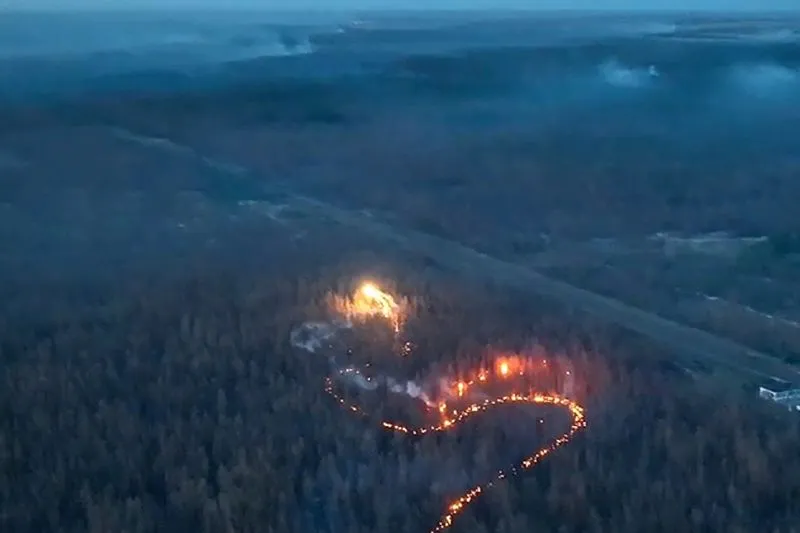Russian Troops Terrorized by Ukraine's Thermite-Deploying 'Dragon Drones'

The Game-Changer: Ukraine's Dragon Drones
In the ongoing conflict, Ukrainian forces are employing the thermite-dropping 'dragon drones' to directly target Russian military positions. Videos show these low-flying drones releasing streams of flaming thermite, reaching temperatures of up to 4,000 degrees Fahrenheit. Not only do these drones destroy Russian defenses, but they also instill fear, becoming a psychological tool in warfare.
Historical Context of Thermite Use
Originally discovered in the 1890s, thermite was used for welding before its military applications were recognized. Both world wars saw its destructive capabilities employed against enemy targets. Today, Ukraine's adaptation of this technology is a nod to historical tactics, reflecting a deep understanding of warfare dynamics.
Implications of Thermite Weaponry
The widespread use of thermite raises ethical and humanitarian concerns. While effective against military equipment, its deployment against civilians is outright condemned. Human Rights Watch highlights the severe injuries inflicted by thermite, reiterating the need for compliance with international humanitarian laws.
Increased Fear Among Russian Forces
As the conflict continues, reports of soldiers abandoning their posts in the face of drone attacks indicate the shifting psychology on the battlefield. The thermite drones are not just weapons; they are symbols of Ukraine's resilience and innovative warfare strategy.
This article was prepared using information from open sources in accordance with the principles of Ethical Policy. The editorial team is not responsible for absolute accuracy, as it relies on data from the sources referenced.